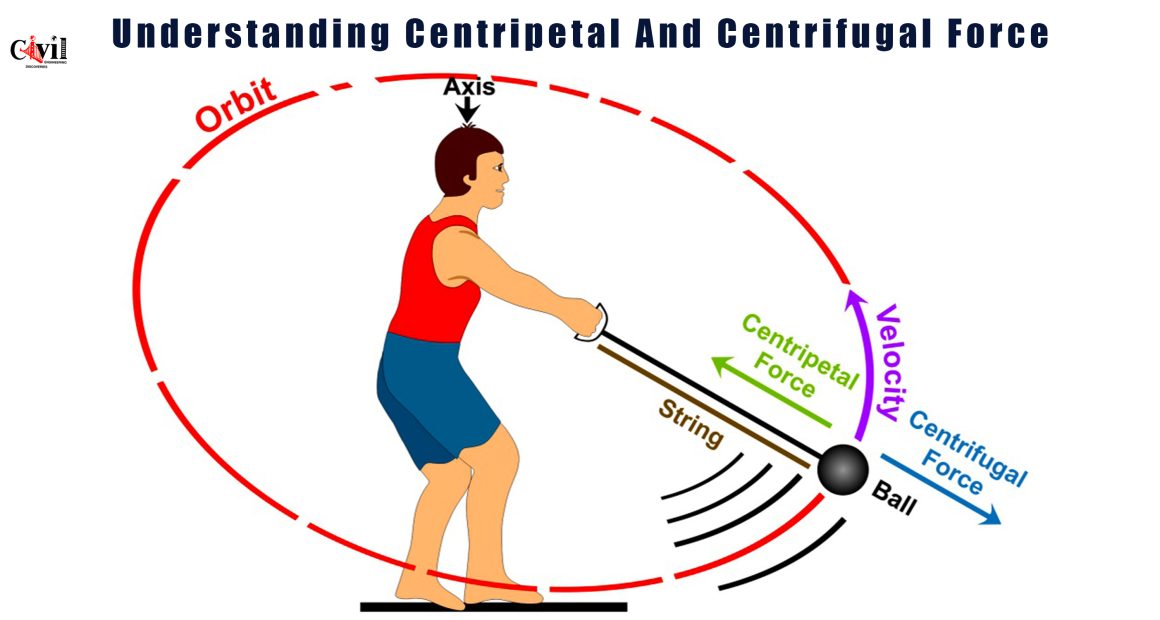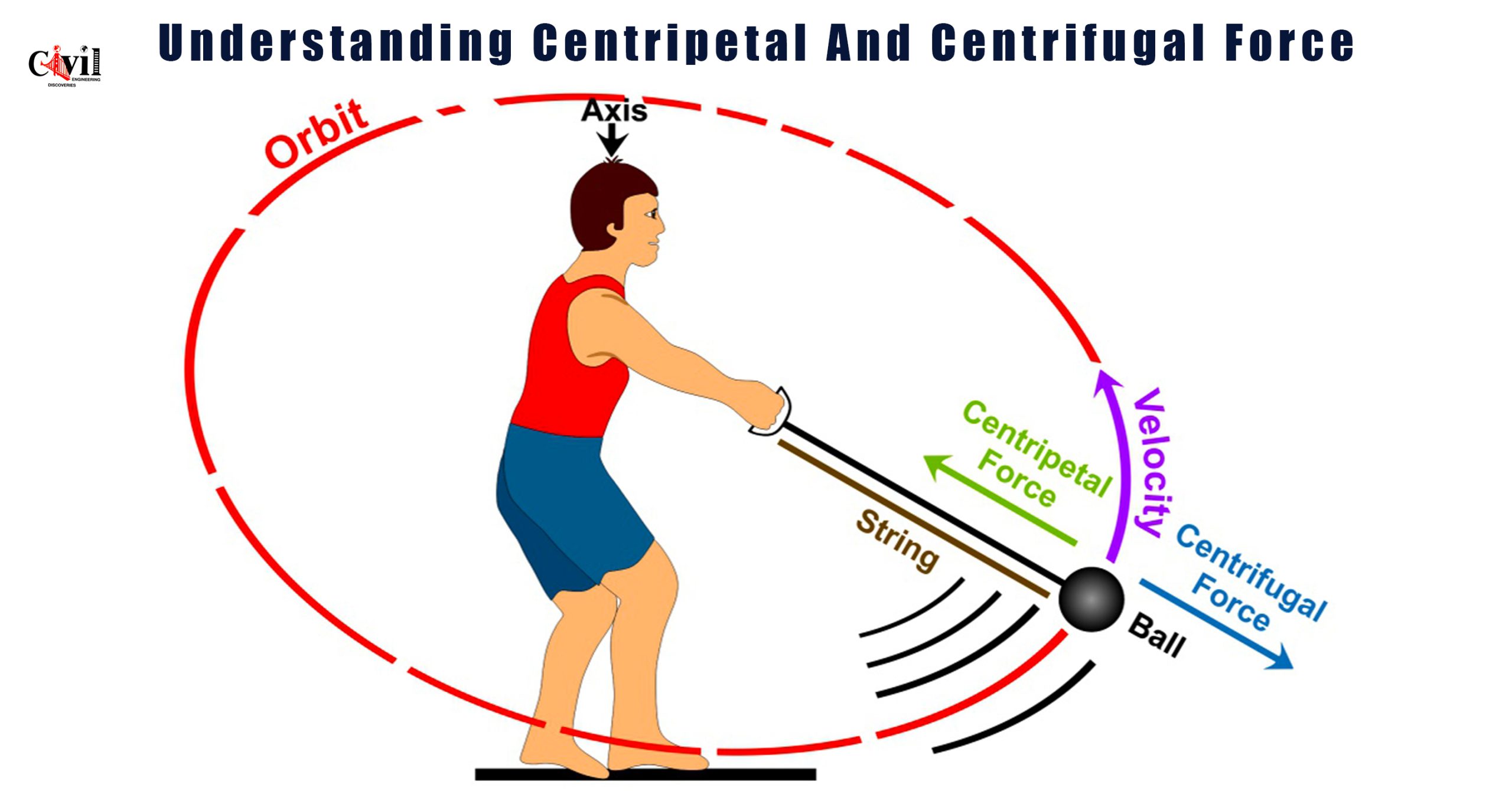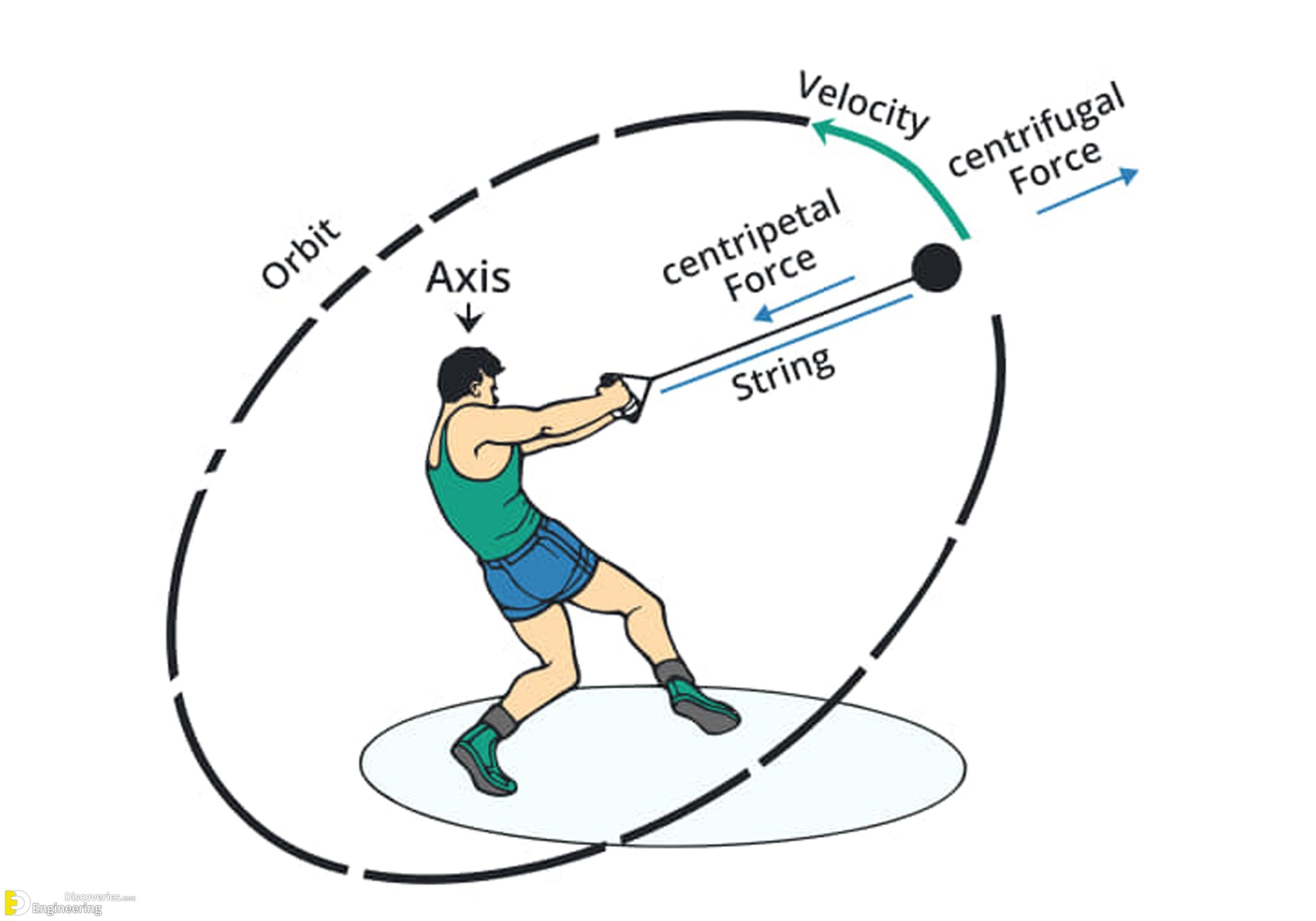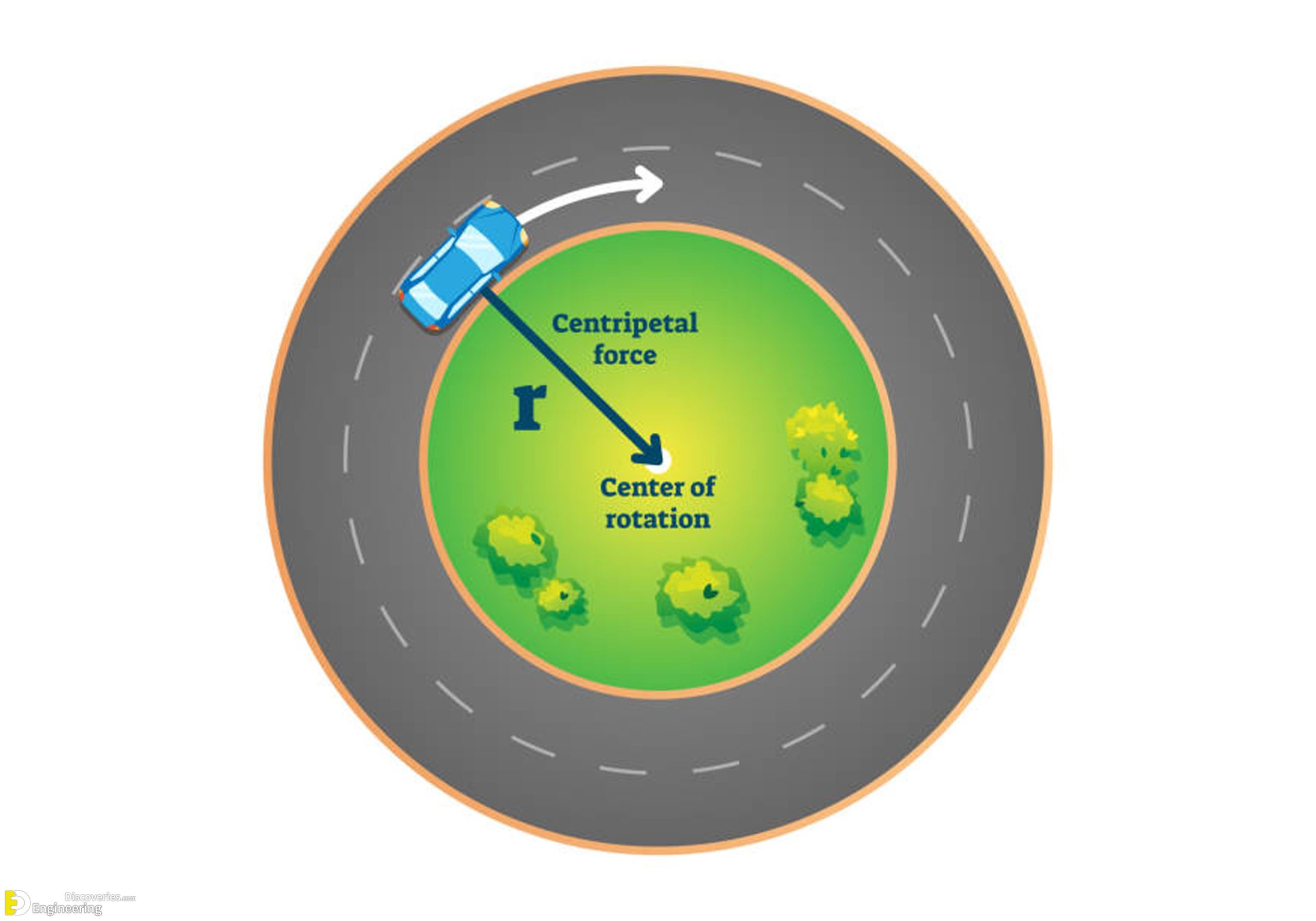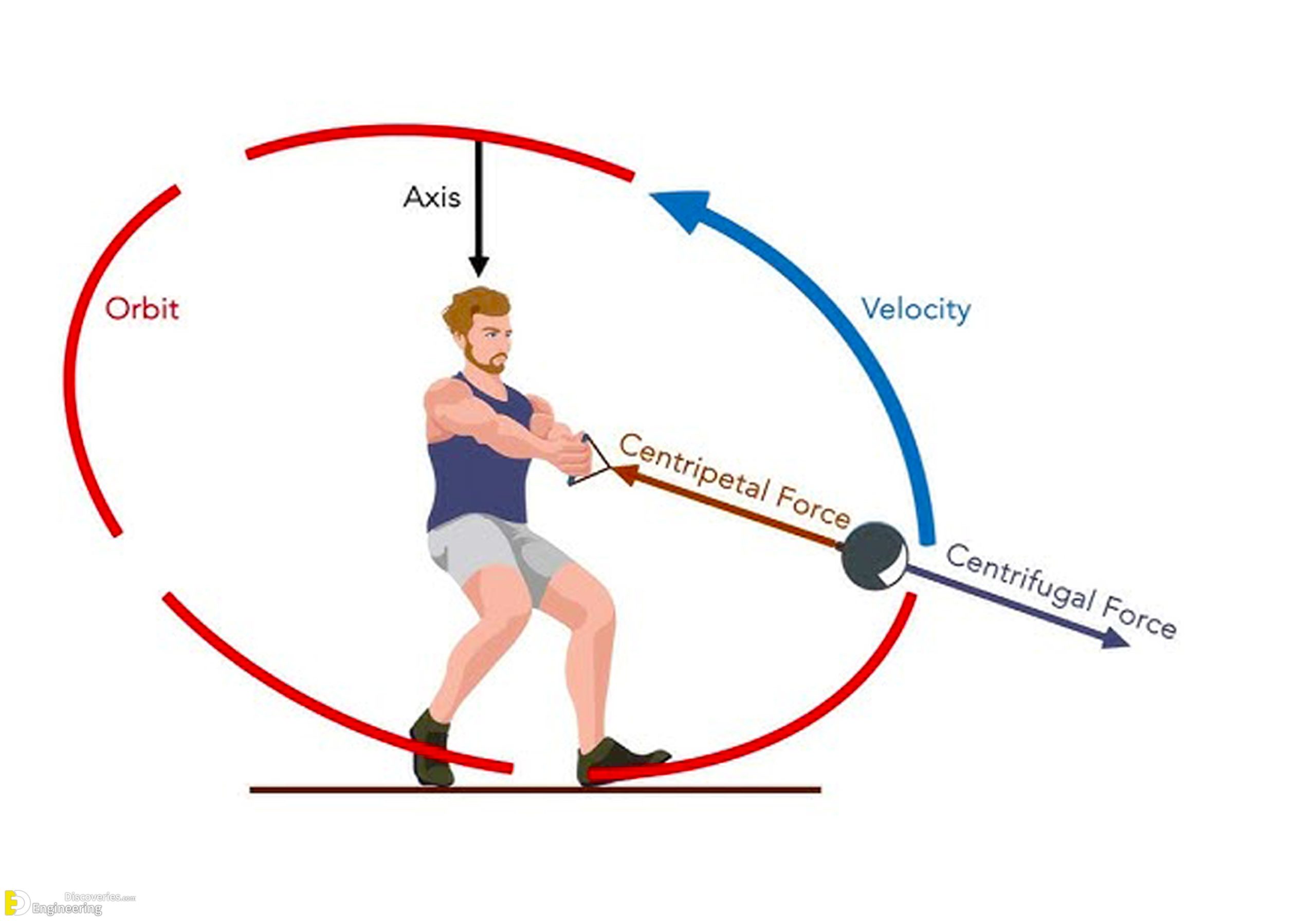Understanding the fundamental concepts of centripetal and centrifugal forces is crucial in physics, particularly in the study of rotational motion. These forces, often confused, play a significant role in many everyday scenarios, from vehicles taking sharp turns to the orbit of celestial bodies.
What is Centripetal Force?
Centripetal force refers to the inward force that acts on an object moving in a circular path. This force is directed towards the center of the circle and is responsible for keeping the object in circular motion. Without this force, the object would move off in a straight line due to inertia, as described by Newton’s First Law of Motion.
The mathematical expression for centripetal force is given by:
F = mv²/r
Where:
- F is the centripetal force,
- m is the mass of the object,
- v is the velocity of the object,
- r is the radius of the circular path.
Centripetal force can be observed in various situations, such as a car making a turn on a curved road or a satellite orbiting Earth. In these cases, the force is provided by different sources—friction in the case of the car and gravitational force in the case of the satellite.
What is Centrifugal Force?
Centrifugal force is often described as the force that acts outward on an object moving in a circular path. However, it’s essential to clarify that centrifugal force is not a real force but rather a fictitious force. It arises due to the object’s inertia when observed from a rotating reference frame.
From a non-inertial (rotating) frame of reference, centrifugal force appears to act on the object, pushing it away from the center of rotation. However, this force does not exist in an inertial frame of reference, where only the centripetal force is acting.
Despite being a fictitious force, centrifugal force is a useful concept when analyzing systems in rotating frames, such as in engineering applications or amusement park rides.
| Centripetal force is the component of force acting on an object in curvilinear motion which is directed towards the axis of rotation or centre of curvature. | Centrifugal force is a pseudo force in a circular motion that acts along the radius and is directed away from the center of the circle. |
| It is observed from an inertial frame of reference. | It is observed from a non-inertial frame of reference. |
| Suppose a car is traveling through a curve on a circular horizontal road. In that case, the centripetal force provided by the force of friction between the tires of the vehicle and the road surface allows the car to negotiate the turn. | When a car in motion suddenly turns towards the left, passengers in a car experience an outward push. This is due to the centrifugal force acting on passengers. |
Click Here To See End Moment Reactions For Beams With Both Ends Fixed Under Various Loadings
